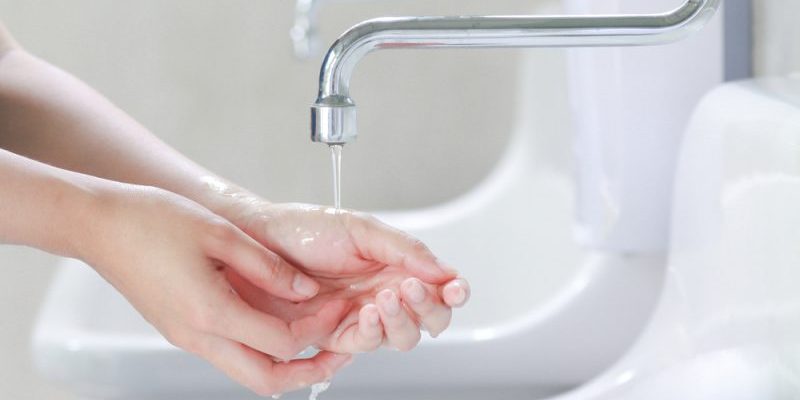What can remove bacteria from water?
Waterborne diseases are very dangerous; these diseases are commonly caused by bacteria. Cholera is one of the most famous waterborne diseases. The earliest outbreak of the disease caused untold death until cure and prevention for the disease was found. The best way to prevent waterborne diseases is to treat the water and remove disease-causing organisms such as bacteria. But the question is: how can you remove bacteria from water? Some of the easiest ways to do this are shortly outlined.
Filtration
Water filtration is a traditional way of removing bacteria from water. However, this method of bacteria removal is not very effective as some bacteria can still escape the filter. However, it is important to point out that filtration can be used to remove bacteria from water.
Microfiltration is however an effective way of removing bacteria from water. For this filtration process, a filter rated absolute or nominal may be used. This means that the filters may have minute size of few micrometers. Silver or iodine can be added to the filter to even prevent the bacteria from growing further by deactivating or killing them.
Disinfection
Bacteria can be removed from water through disinfection. This method is also referred as chemical oxidation. Chlorine is commonly used for water disinfection but several other chemicals can also be used. In fact, most public water systems make use of chlorine to disinfect the water. The main reason for using chlorine is because it is cheap and also effective. Chlorine can be used in several forms such as gaseous chlorine, sodium and calcium hypochlorite. The major issue with removing bacteria from water using chlorine is that it can form disinfection byproducts.
Chloramine
To solve the issue with chlorine, chloramines were introduced and used commonly in removing bacteria from water. Chloramines are simply chlorine plus ammonia. Usually, the chlorine is first added to the water filtration or disinfection system and then ammonia is added. The two chemicals react together to form chloramine. Furthermore, if the water already contains ammonia, chloramines may occur naturally. The major advantage of chloramines is they do not form disinfection byproducts like chlorines do.
Chlorine Dioxide
Chlorine dioxide is also a chemical to remove bacteria from water. The popularity of this chemical is gradually on the increase. Furthermore, the chemical can be used to remove several other kinds of substances from water such as iron, viruses, cysts and bacteria. They may even be more effective than chlorines in removing bacteria from water.
Ozone Treatment
Ozone is mainly used for most industrial as well as residential water treatment because of its obvious benefit over chlorine. They are highly effective in killing bacteria, waterborne viruses, parasites, and so forth. Even organisms that are resistant to chlorine can be easily killed by ozone. Unlike chlorine which adds odor and taste to water, ozone removes odor and color from water.
Bacteria removal from water is an important filtration technique. Removing bacteria from water makes the water safe for use and prevent the occurrence of waterborne diseases.




